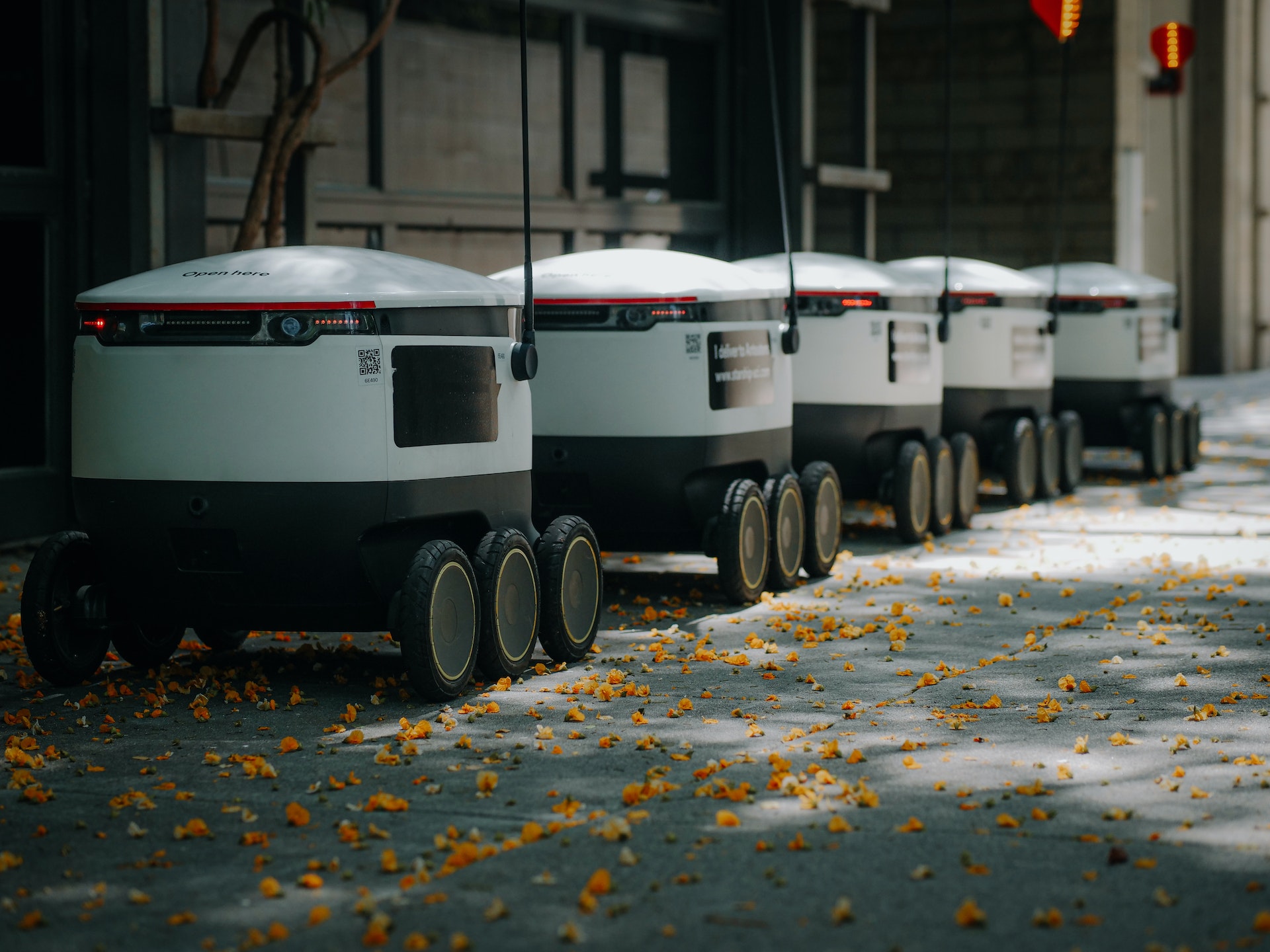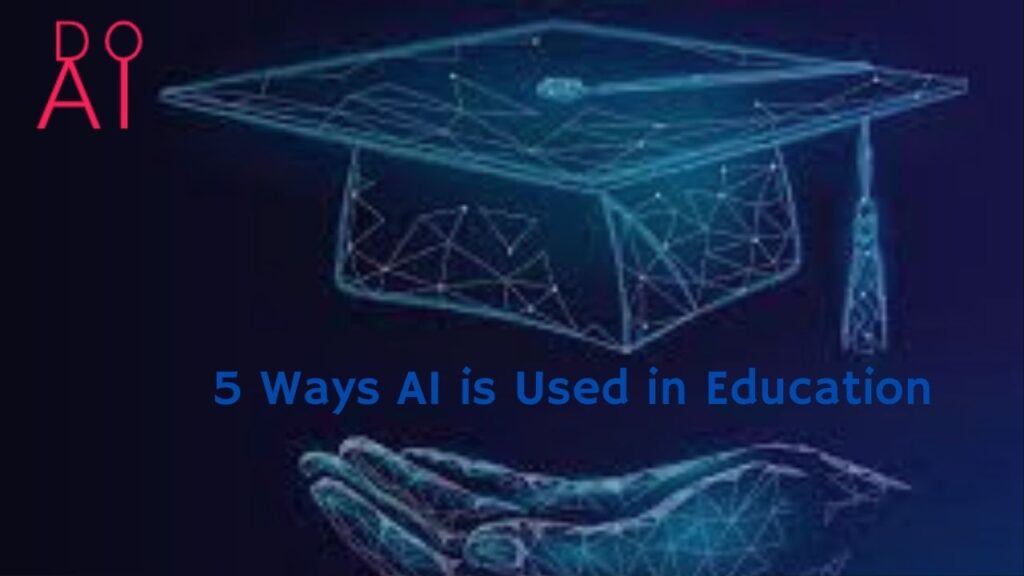Artificial intelligence, or AI, is one of the most transformative tools of our time. It means that computers can do things that usually require human intelligence, like recognize speech, identify objects, and make decisions. In this article, we’ll talk about what AI is, where it came from, and how it could be used in different areas.
What does AI mean?
AI is a field of computer science that tries to make tools that can learn, think, and see like people. It uses algorithms and data to make guesses, learn from past experiences, and adapt to new situations. AI can be put into two groups: narrow AI, which is weak, and general AI, which is strong.
Narrow or weak AI refers to systems that are designed for a specific job or set of tasks. Narrow AI would be something like a voice recognition system that can only recognize certain words and sentences. Many of the AI technologies that we use today, such as chatbots, recommendation engines, and image recognition systems, fall into this group.
General or strong AI refers to systems that can do any intellectual job that a human can. This kind of artificial intelligence is still the stuff of science fiction and is not yet a fact. However, researchers and scientists are working on building machines that can replicate human intelligence in all its forms.
The past of AI
Researchers started looking into the idea of AI in the 1950s. In 1956, a group of researchers put together the Dartmouth Conference, which is often seen as the place where AI started. During the meeting, scientists talked about how they might be able to make machines that can learn from their mistakes, solve problems, and understand language.
During the 1960s and 1970s, however, progress in AI was slow, and many researchers lost interest in the area. In the 1980s, computer programmed called “expert systems” that could make choices based on a set of rules brought AI back into the spotlight. In the 1990s and 2000s, this led to the development of technologies like neural networks and deep learning.
AI could be used in many ways.
AI has the ability to change many areas, such as healthcare, finance, transportation, and more. Here are some examples of how AI is used in different areas:
healthcare
AI can be used in healthcare to look at medical images, identify diseases, and even make new drugs. For example, DeepMind Health at Google has made an AI system that is very good at finding signs of eye disease in medical pictures.
Finance
AI can be used to find fraud, handle investments, and even make personalized financial plans for each person. For example, JP Morgan Chase has made an AI system called COiN that can read legal papers in seconds and pull out the most important information.
Transportation
AI can be used to make self-driving cars, improve public transportation, and make traffic move better. For example, Tesla’s Autopilot system uses AI to help the car decide when to change directions, how fast to drive, and how to avoid obstacles.

Education
AI can be used in education to give each student a more personalized learning experience, make clever tutoring systems, and even grade papers. Carnegie Learning, for example, has made a tutoring system that uses AI and can give students comments and lessons that are tailored to their needs.
Retail
AI can be used to improve customer service, look at buying patterns, and even make personalized marketing efforts. Amazon, for example, uses AI algorithms to suggest goods to customers based on what they have looked at and bought in the past.
What AI Could Mean
AI has a lot of possible uses, but it also raises worries about job loss, data privacy, and the morality of making machines that can do the work of humans.



